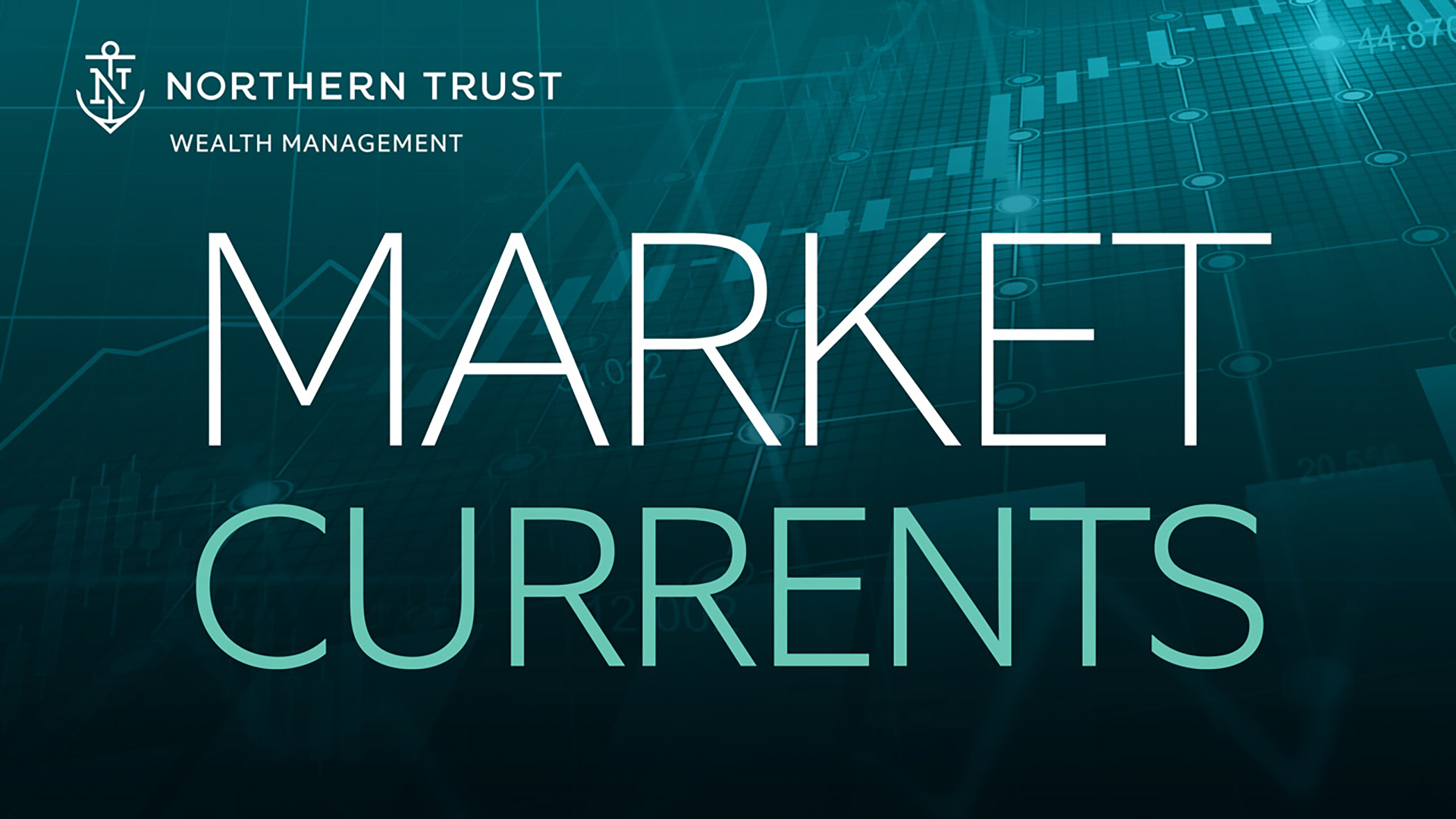| | | | | | | Presented By THE NORTHERN TRUST INSTITUTE | | | | Axios Markets | | By Matt Phillips and Emily Peck · Jul 15, 2022 | | 🍩 Morning, Marketeers. Matt here. And another busy day awaits. Earnings reports are rolling in. Yield curves are flattening. Time to make the doughnuts. Today's newsletter, edited by Kate Marino, is 1,162 words, 4.5 minutes. | | | | | | 1 big thing: The long, slow decline of the gas station |  Data: National Petroleum News, NACS; Chart: Axios Visuals Gas prices, after spiking upwards, have now declined for 30 consecutive days, per GasBuddy. That's good news for drivers, but terrible news for gas-station owners, Axios' Felix Salmon writes. Why it matters: The number of gas stations has been in steady decline for decades, and is likely to fall further as EV adoption increases. The pattern of a sharp rise and then a slow fall in gas prices is the worst possible dynamic for such businesses. How it works: "Stations tend to hold back price increases to hold onto customers," says Jeff Lenard of NACS, the trade association for convenience stores. - Then, as the Wall Street Journal explains, when the gas station refills its own tanks, it buys weeks' worth of fuel — sometimes months' worth, in the case of diesel — at a single high price.
- If prices then start to fall, the gas station is forced to sell at below its own cost, since the station's real profits come from enticing shoppers into the store.
- The 2008 spike in gas prices was responsible for the demise of hundreds of gas stations, says Lenard.
Between the lines: Gas station owners are holding out very little hope that longer EV charging times will help them sell more stuff, given that 80% of EV charging is done at home. Driving the news: Gas station owners are in President Biden's crosshairs. He's accusing them of profiteering from high oil prices. New gas stations have also been banned in four California cities, including Petaluma. State of play: In an industry where some operators set margins at a fixed rate of a few cents, higher gas prices translate to higher credit card swipe fees — which are set on a percentage basis and can eradicate those margins entirely. - The gas station industry is surprisingly unconsolidated. Some 80% of the gas bought in America is purchased from a franchised convenience store that's individually owned — even if it bears the brand name of a multinational.
- This year might not be as bad for gas stations as 2008. Convenience stores sell more prepared food these days, which has higher margins and can help cushion any blow from gas price volatility. Still, closures continue, including at least one in protest of high prices.
The bottom line: Though mom and pop shops still dominate, big box stores have muscled into the game. If they can afford to use gas as a loss leader, little guys are forced to lower their prices or face going out of business entirely. |     | | | | | | 2. Catch up quick | | 🛑 Manchin closes door on climate, energy and tax package. (Axios) 🏦 Wells Fargo earnings miss as it socks away cash to cover possible losses. (MW) ✂️Amazon slashes private-label offerings amid weak sales. (WSJ) |     | | | | | | 3. Builder squeeze |  Data: Analysis of PPI data via Associated Builders and Contractors; Chart: Axios Visuals It's been a wild two years in the building business. Construction input costs — think steel, lumber, gas, asphalt — are 46% higher than they were pre-COVID, according to an analysis of the Producer Price Index from the Associated Builders and Contractors, Emily writes. The big picture: For most of this time, builders in the residential space could pass on these growing costs to homebuyers, as demand was booming. Now, the music has stopped, as we've been telling you — rising rates have cooled demand for housing in a big way. - For construction projects still underway — where the input prices were very high — this is a problem.
- Industry observers are watching to see how this affects employment in the industry. "There are a lot of 'what ifs' at this point," says Ali Wolf, chief economist at Zonda, a homebuilding tech company.
The bottom line: Builders aren't "going to necessarily be able to charge the prices they expected," said Anirban Basu, chief economist at ABC. "It's quite a squeeze." |     | | | | | | A message from THE NORTHERN TRUST INSTITUTE | | Market Currents podcast: listen now | | |  | | | | Market Currents, a new podcast from the Northern Trust Institute, explores today's most hotly debated investment topics. What's in it for you: Listen as Wealth Management CIO Kate Nixon and guests use evidence to answer big market questions and provide the insight you need. Learn more. | | | | | | 4. Charted: All hail king dollar |  Data: ICE, FactSet; Chart: Axios Visuals The Fed's rate-hiking campaign has sent the value of the dollar to 20-year highs — and the surge could be another headwind for the economy, Matt writes. Why it matters: A stronger dollar affects the economy in a bunch of ways. - For better: It should help put a cap on oil prices — since oil is priced in dollars, a stronger dollar buys much more oil, thus driving the per-barrel price lower. More broadly, foreign imports get cheaper for U.S. consumers, which could help ease inflation, too.
- For worse: It will make the cost of U.S. exports — especially U.S. industrial goods — much higher for foreign buyers, depressing sales and likely hurting factory towns.
How it works: Currency values rise and fall for a number of reasons, including trade flows, budget deficits and how attractive a country is to foreign investors. But another key reason currencies move is based on what central banks do with interest rates. - The higher a country's rates, the more attractive it is to global capital, which flows in and pushes the value of the currency up.
What to watch: Like the path of the stock market, moves in the currency markets are going to be heavily influenced by inflation and whatever Fed officials say or do over the next few weeks. - Signals suggesting that a faster, steeper series of hikes are coming could strengthen the greenback even more.
|     | | |  | | | | If you like this newsletter, your friends may, too! Refer your friends and get free Axios swag when they sign up. | | | | | | | | 5. Charted: The yield curve that matters |  Data: FactSet; Chart: Axios Visuals You might have noticed chatter about inverted yield curves lately. It's now worth paying closer attention to, Matt writes. Driving the news: Growing fears about inflation have hammered a key measure of the yield curve in recent days, pushing it suddenly much closer to "inversion" territory. Why it matters: An inverted yield curve is often said to be one of the single best objective predictors of economic recession. How it works: Roughly speaking, the yield curve is the difference in yields on U.S. government debt with different maturities. - When things are normal, short-term debt has a lower yield than longer-term debt — since the investor lending the money is taking on less risk.
- But every now and then, the yield on shorter-term debt zooms higher than that of longer-term bonds — and that's an inverted yield curve.
- There are many different versions of the yield curve. The most commonly cited one — the difference between two-year and 10-year Treasury notes — is already deeply inverted, and has been for a while.
The intrigue: But according to economists, that's not the iteration of the curve that actually has predictive power about the economy. - The one that does — the difference between three-month Treasury bills and 10-year notes — was looking pretty healthy until a few weeks ago. (This version of the curve was the one that was originally spotlighted as a great indicator by economist Campbell Harvey in the 1980s.)
Threat level: Since just the end of June, this crucial version of the yield curve has collapsed from roughly 1.6 percentage points to about 0.60 percentage points. What to watch: If it falls below zero — thus inverting — and stays that way for about a month, it would suggest higher odds that we fall into a recession over the next 18 months. |     | | | | | | A message from THE NORTHERN TRUST INSTITUTE | | Prices, policy and portfolios — your questions answered | | |  | | | | Protect your portfolio against inflation with answers to common investor questions. The impact: Better understand the impact of inflation and how to fortify your portfolio and wealth plan in the face of uncertainty. Get the answers you need. | | | | 🎧 1 thing Matt recommends: "The War on the Rocks" podcast, especially any episode that features Michael Kofman. An analyst studying the Russian military, Kofman has really helped me — someone with zero military experience — understand the on-the-ground dynamics of the Ukraine war. Take a listen. |  | | Why stop here? Let's go Pro. | | | | | | Axios thanks our partners for supporting our newsletters. If you're interested in advertising, learn more here.
Sponsorship has no influence on editorial content. Axios, 3100 Clarendon Blvd, Arlington VA 22201 | | | You received this email because you signed up for newsletters from Axios.
Change your preferences or unsubscribe here. | | | Was this email forwarded to you?
Sign up now to get Axios in your inbox. | | | | Follow Axios on social media:    | | | | | |











No comments:
Post a Comment